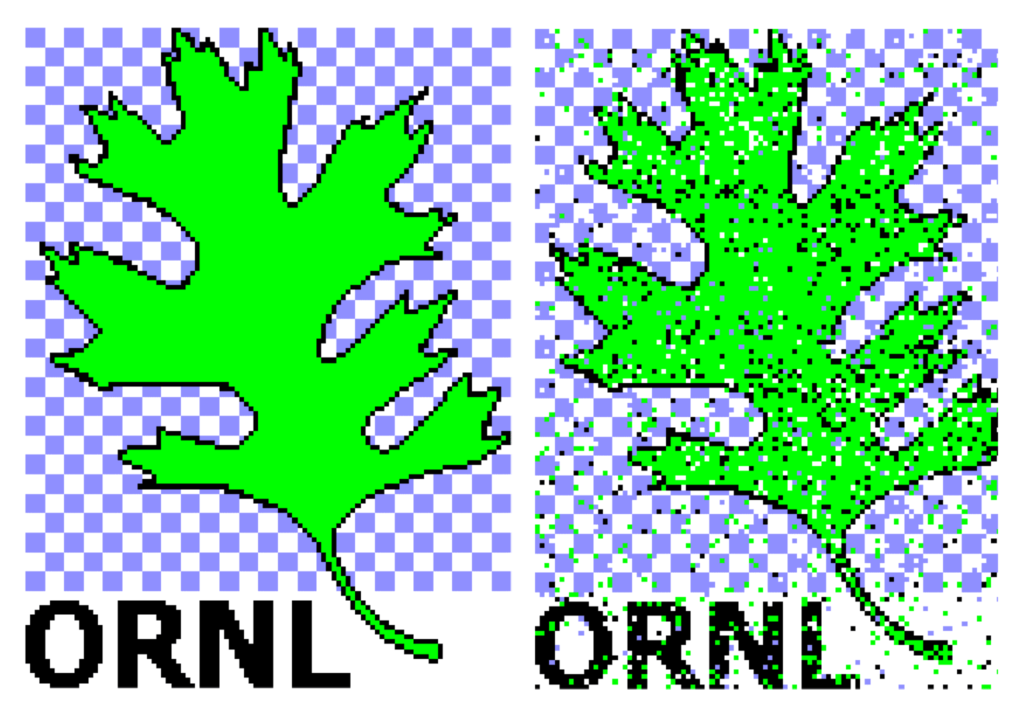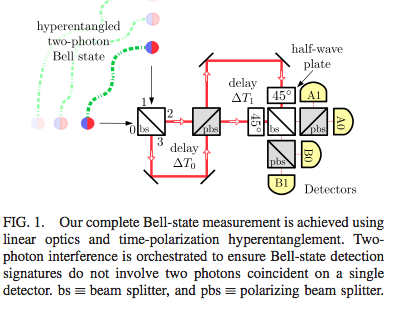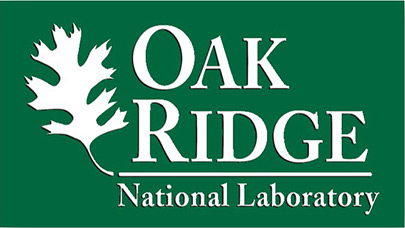Using a technique called superdense coding, researchers from Oak Ridge National Laboratory have set a new record for data density transmission – 1.67 bits per qubit, or quantum bit – over a fiber optic cable. Noteworthy, they used relatively non-exotic components suggesting the technique may be moving closer, albeit slowly, towards practical use.

A report on the work (Superdense coding over optical fiber links with complete Bell-state measurements) by ORNL researchers Brian Williams, Ronald Sadlier and Travis Humble was published yesterday in Physical Review Letters. The research was selected as an “Editor’s Suggestion,” a distinction reserved for approximately one in six PRL papers.
Quantum behavior offers many tantalizing prospects for computing and communications. Whereas classical computers transmit information in the form of bits (usually a 1 or 0), qubits can employ two states simultaneously (superposition) and represent more information than a traditional bit. The physics of this quantum communication task employed by Williams and his team is similar to that used by quantum computers, which use qubits to arrive at solutions to extremely complex problems faster than their bit-laden counterparts.

A brief article on the work is posted on the ORNL web site and a synopsis is on the APS Physics website. As a demonstration of the technique’s effectiveness, the team transmitted the ORNL logo, an oak leaf, between two end points in the laboratory.
A significant part of the challenge in superdense coding such as that used by the ORNL team is the need to perform a complete Bell-state measurement (BSM) on the photon pair; it’s not possible using only linear optics and a single degree of shared entanglement. Non-linear optics can be used for successful BSM but have proven inefficient and complicated to implement.
In the paper, the researcher write, “Our novel interferometric design allows ‘off-the-shelf’ single-photon detectors to enable the complete Bell-state discrimination instead of the number-resolving detectors required by previous experiments. To our knowledge, this is the first demonstration of superdense coding over an optical fiber and a step towards the practical realization of superdense coding. Alongside our demonstration of a hybrid quantum-classical transfer protocol, these results represent a step toward the future integration of quantum communication with fiber-based networks.” See figure from the paper below.
 Quantum communication and computing are indeed fascinating but also puzzling for most of us. It’s best to read the original paper. That said, here’s an excerpt from the APS synopsis (by Michael Schirber) describing the ORNL work:
Quantum communication and computing are indeed fascinating but also puzzling for most of us. It’s best to read the original paper. That said, here’s an excerpt from the APS synopsis (by Michael Schirber) describing the ORNL work:
“Suppose Alice wants to send a two-bit message to Bob. She could send two photons with the message encoded in their polarizations. Or, using superdense coding, she could send one polarized photon qubit whose polarization state encodes both bits. The latter option requires that the two parties initially share a pair of photons with entangled polarization. Alice performs one of four operations on her photon and then sends it to Bob, who combines it with his photon to measure which operation Alice performed.
“If Bob simply measures polarization, then he won’t recover the full message. One solution is to entangle the photons in some additional degree of freedom, such as orbital angular momentum. But so far, these hyperentangled states have been unable to survive transmission through optical fibers. Williams and his colleagues have devised a superdense coding system that is fiber compliant. In this case, Alice and Bob’s photons pass through an interferometer whose arms incorporate time delays that entangle the arrival times of the photons at the detectors. Using polarization and arrival-time measurements, Bob can recover Alice’s message at a density of 1.67 bits per qubit. This is not yet the maximum density of 2, but it sets a new record for a system using single photons and linear optics.”
There are still many challenges. For example, the ORNL logo (see figure) was only transmitted with ~87 percent fidelity. “[E]rrors in the received image result from drift in the interferometer during transmission, phase miscalibration, and imperfect state generation.”
Link to paper: https://journals.aps.org/prl/abstract/10.1103/PhysRevLett.118.050501
Link to ORNL article: https://www.ornl.gov/news/ornl-researchers-break-data-transfer-efficiency-record
Link to APS Physics synopsis: http://physics.aps.org/synopsis-for/10.1103/PhysRevLett.118.050501




























































